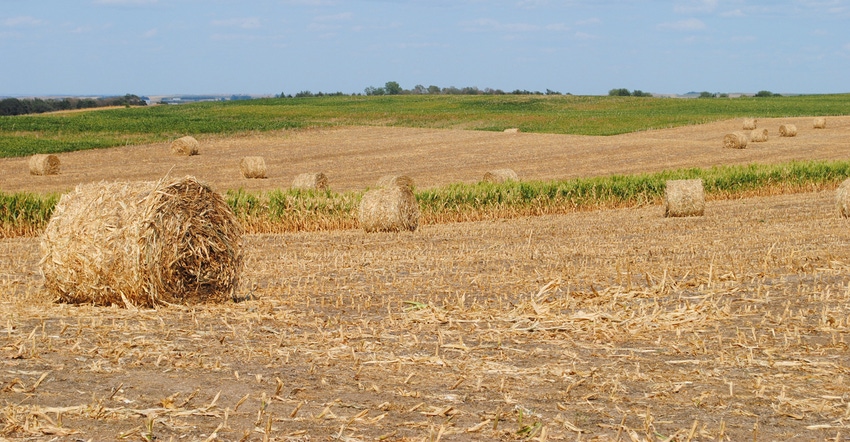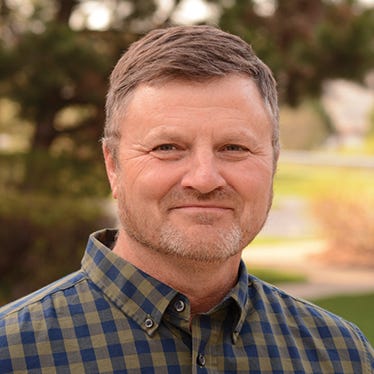
Farmers have tons of questions about baling corn residue. Nebraska Extension educator Jenny Rees says the reasons for the interest in residue management are many.
Producers last season dealt with severe downed corn by baling much of the downed ears and cornstalks to remove them from the field, so they could be carefully fed to livestock.
When producers are not willing to allow cattle to graze cornstalks, they may be able to manage heavy residue by baling it. And in drought areas of the state, farmers are looking for ways to feed their livestock, so baling is one option of using precious feedstuffs.
Nebraska Extension and several forage equipment manufacturers are partnering this year to provide an exhibit and workshop at Husker Harvest Days to answer many of the management questions related to corn residue baling and utilization, Rees says.
“The interest in baling corn residue and feeding it has been intense the last couple of years,” she says. “We started talking about establishing an exhibit and workshop last year, and at this year’s show it all came together.”
The corn residue baling and management workshops will be from 1:30 to 2 p.m. daily during HHD in the fields adjacent to the haying demonstrations, which begin at 2 p.m.
Several haying and rake manufacturers have promised to exhibit equipment at the workshop, including CNH, Agco, Rowse Rakes, Vermeer and Kubota.
Nebraska Extension educator Brad Schick says that several of the manufacturers will use the same equipment in the corn residue baling exhibit as the haying demonstrations that follow.
“Each manufacturer will talk briefly about their equipment and specific settings that might be needed to make their machinery work better on residue,” Schick says.
The equipment featured at the workshop will include an eight-row, 30-inch row header attachment for a combine to help with harvest considerations on land where residue will be baled up, along with rakes, round balers and residue baling machinery and technology.
Rees says that informational videos of the corn residue management equipment from the manufacturers will be running in the University of Nebraska Institute of Agriculture and Natural Resources building, to complement the residue baling workshops. Nebraska Extension will offer research information on subsequent crop yields after baling residue, as well as the impacts of nutrient removal and the potential for erosion.
The goals of the exhibits and workshops are to raise awareness among producers on the relative feed value of baled residue, management techniques for residue baling, and adjustments and settings of machinery needed to do the job, depending on weather and field conditions.
Learn more by contacting Schick at 402-746-3417.
About the Author(s)
You May Also Like






